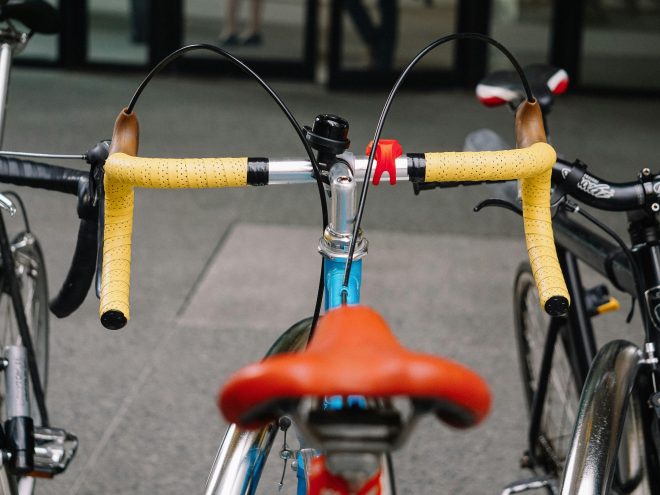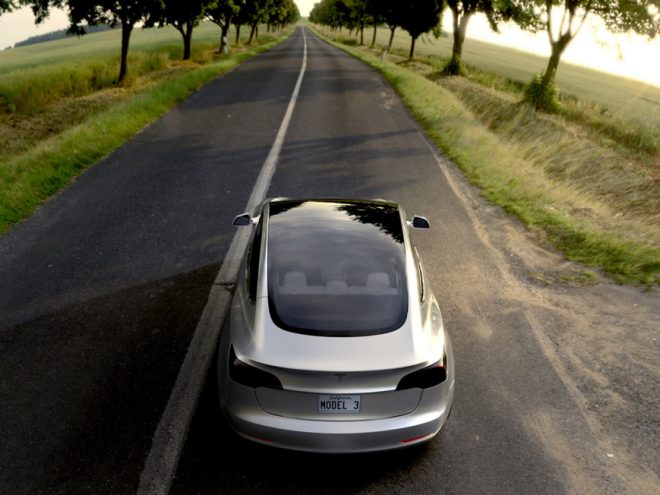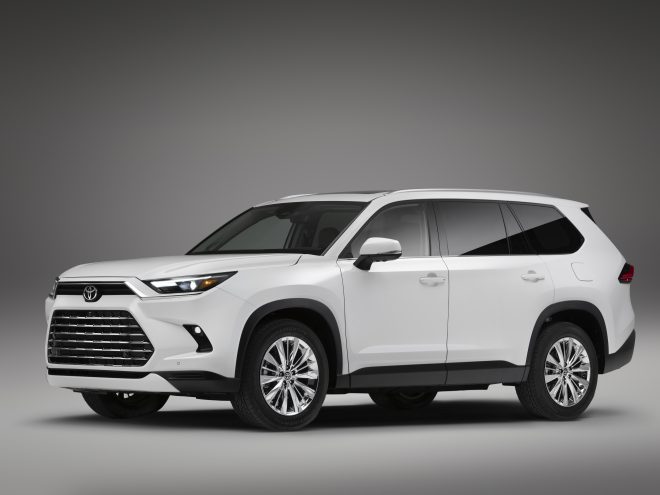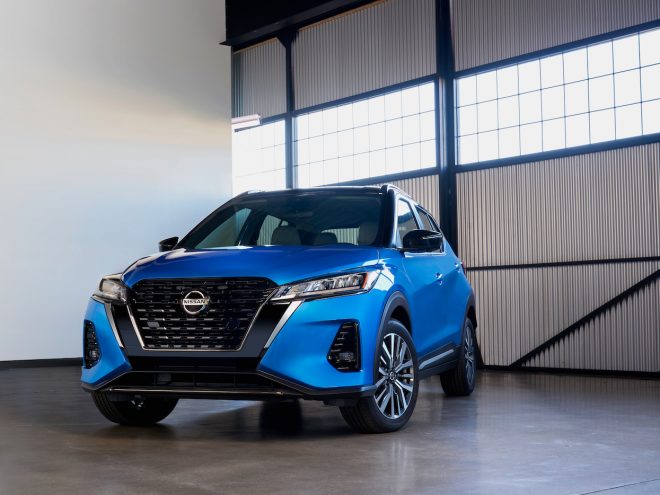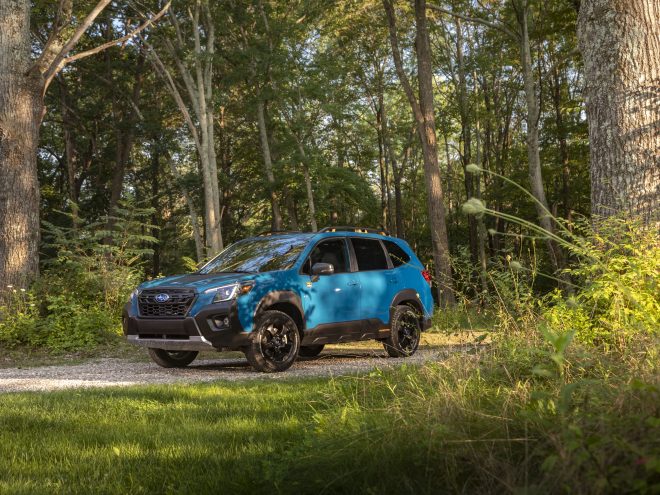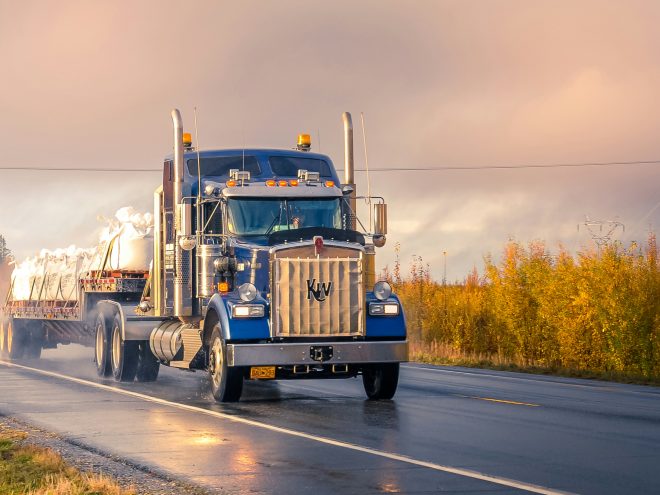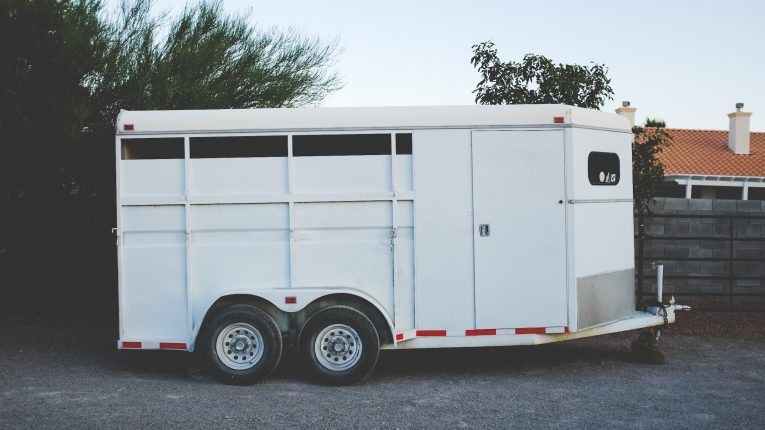
4 Tips For Safely Towing A Trailer
If you’ve never had to move a trailer before, the idea of trying to drive long distances with one might seem daunting. There’s a large object behind your car that you have to be aware of, and being inconsiderate of it can be dangerous for both you and the other drivers on the road. You need to understand how to drive safely with it. Achieving this will be incomplete without factoring in breakdowns and emergencies on the road. It will be better to plan for a reliable towing company just in case the unforeseen happens. It could be a flat tire or a mechanical issue that requires professional assistance. Having a backup on standby can be all the difference between getting stuck on the road and arriving safely at your destination.
Every vehicle has a limit
Just because the trailer you’ve hired can hold the weight, it doesn’t mean your vehicle is capable of towing it safely. The heavier the trailer, the bigger the vehicle you’re going to need to tow it, and trying to go beyond the limits of your vehicle is more than dangerous.
It’s important to consider the weight capacity of not just your vehicle, but your towing bar, and your trailer. For example, if you owned a 7×14 dump trailer, you should be aware of the limits of what it can hold, and not go beyond that. Not only will it make it far too difficult to drive with it in tow, but you risk damaging it and possibly losing it on the road.
Consider weight distribution
How you pack your trailer is also very important if you’re going to have a steady driving experience. Having all of the weight packed into the rear of the trailer is going to make it unnecessarily difficult to drive with, and you may find it hard to control – even when driving in a straight light. Instead, make sure you’re distributing the weight almost evenly, with more of it being towards your vehicle than the rear of the trailer. If your trailer starts to sway while you’re driving at higher speeds, then you risk colliding with other vehicles or losing control of your own.
Another way to prevent swaying is to make sure all of the cargo in your trailer is properly secured. If it’s going to roll around or move whenever you take a turn, that can lead to swaying. Secure it and cover it to ensure it’s safe for you and the drivers around you.
Take care when driving
Having a trailer behind your car will affect how your car handles, so even if you’re used to driving your vehicle – a heavy trailer in tow will change that. The more weight, the more you’re going to have to account for it. Take it slow at first, and give yourself some time to get used to a large amount of weight behind you before you pick up the pace. You’ll also need to keep it in mind when reversing, and it can be quite difficult to easily maneuver with it if it’s your first time.
You’ll also notice that your vehicle takes longer to slow down than usual when hauling a lot of weight. It’s incredibly important that you keep that in mind if you’re going to make sure the road is safe for those around you. The distance that you’re used to slowing down at is no longer good enough, and you should take extra precautions to make sure you’re not driving into anyone or putting pedestrians at risk.
Some trailers will have a working brake system, and it’s mandatory with trailers that are over a certain weight limit, but it’s still important to understand the difference that will make to your driving experience. While you might feel confident speeding up once you’ve got the hang of it, you should always be aware of the danger that you pose to those around you. Just because you’re not going to make a mistake, doesn’t mean that others won’t.
It would be best if you can see your trailer in your rearview so that you can check up on it every now and then. You’ll want to notice as soon as possible if there are any problems with it, so be sure to keep an eye on it whenever you can.
Plan ahead
Before you set out, you want to make sure you take the easiest route possible. You can’t maneuver as easily anymore, and it would be best if you took the most open, and least hazardous route available. Even if that means taking a long way around, it’s best if you don’t put yourself at risk by trying to cut corners and get to your destination faster. If you’ve got a deadline, set out earlier – rushing it could lead to the loss of your cargo, the damage of someone else’s vehicle, or a collision.
